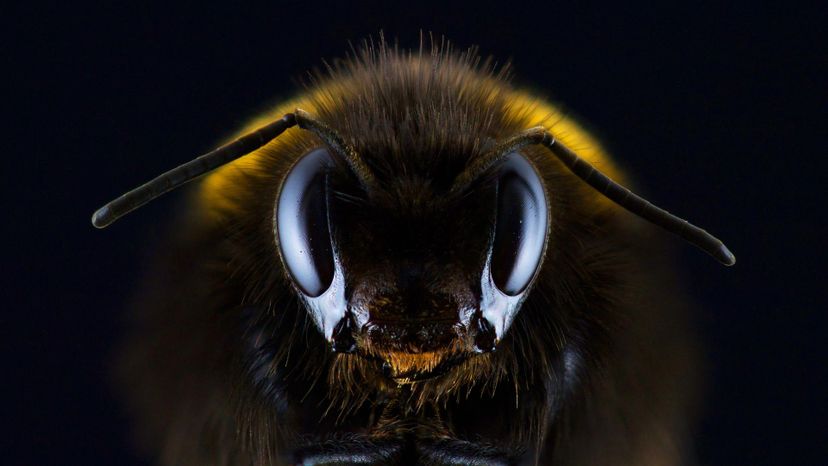
About This Quiz
Time to bug out! These buzzing, creeping and crawling garden visitors are sure to get under your skin!
Gardeners can look forward to some bugs helping their garden to thrive. These tiny creatures play important roles in pollination, improving soil and, of course, controlling the number of pesky pests which can wreak havoc on garden plants.
Truth be told, some bugs are only harmful at certain stages of their development. For instance, many adult moths are not directly harmful to plants, but their larvae are some of the most notoriously destructive pests which gardeners have to deal with. These wriggly critters munch away at an incredible rate on delicious leaves and prized fruits and vegetables.
Many gardeners actively try to attract good bugs to their plants while trying to keep nasty bugs out, Some of the good guys spread pollen, and in so doing they contribute to how well plants bear fruits and seeds. Some of them dig through the soil, helping roots to flourish while adding much-needed nutrients to the soil. Among the most important ones are those which give the gardener a natural and chemical-free way of ridding the garden of pests by preying on them.
Expert gardeners are able to recognize and differentiate between bugs on sight - can you? If you can, then get started on the quiz!
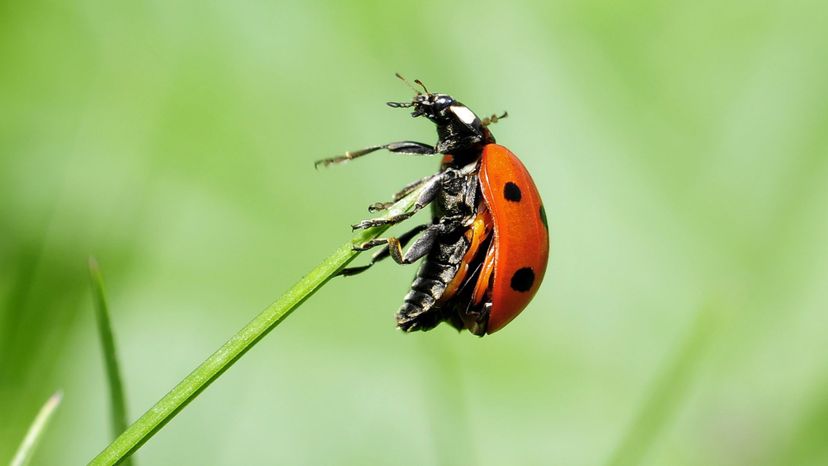
Ladybugs (also called ladybirds and lady beetles) are usually easy to recognize with their red wings and black dots. Not all ladybugs have spots, however, and not all of them are red - some are pink, yellow, orange, white or black. Ladybugs are very useful in controlling the populations of leafhoppers, mealy bugs, mites and other pests in a garden.

Ground beetles enjoy living under rocks, leaves and low-lying plants. They are welcomed in gardens as a biological form of control of snails, slugs, root maggots and the larvae of the Colorado potato beetle, among other pests.
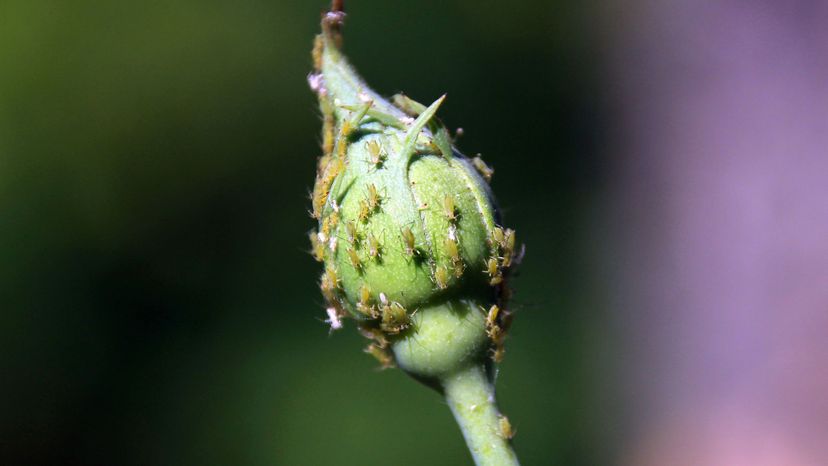
These sap suckers come in a variety of colors, including red, green, brown and yellow. They will attack vegetables and fruit trees, as well as pea and bean plants. You can use a water blast to rid your plants of aphids or rely on other bugs, such as ladybugs, to gobble them up for you.
Advertisement

The minute pirate bug is often used as a biological means of pest control due to its predatory nature toward caterpillars, mites and other pests, as well as its tendency to eat the eggs of moths, such as the corn earworm moth. Some people refer to the minute pirate bug as the flower bug.
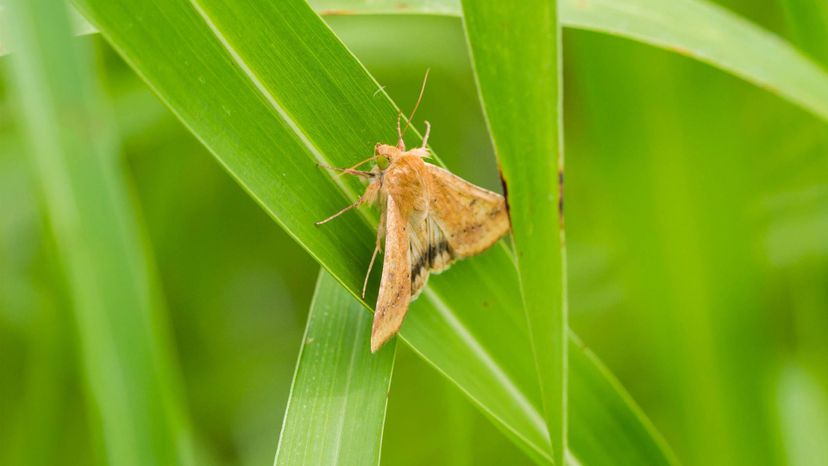
The corn earworm moth gets its name from the fact that the larvae worm their way into ears of corn, destroying them. It is not just corn which is affected by this pest, however, as several other plants, including soybean are affected annually by it. Having minute pirate bugs in your garden can help to control corn earworm numbers.
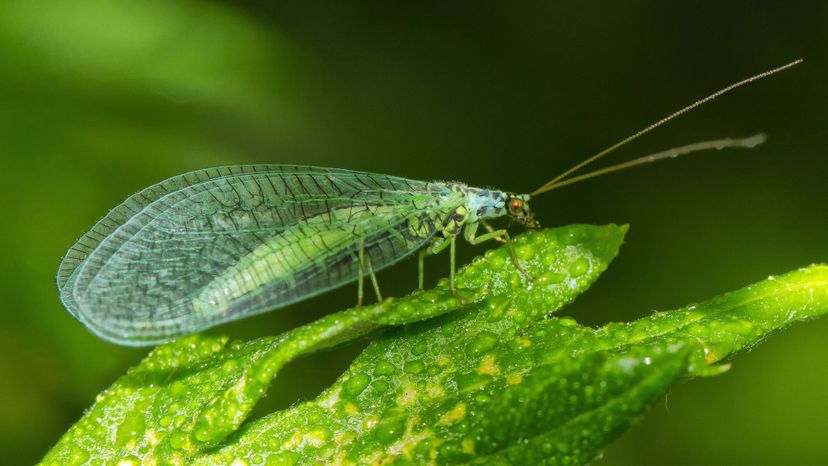
The larvae of the green lacewing loves to feed on plenty of other bugs which are pests in gardens. These include mites, aphids, leafhoppers and whiteflies which can destroy fruits, vegetables and flowers. Some adult lacewings will drink nectar from flowers, which is how gardeners encourage them to visit their garden.
Advertisement
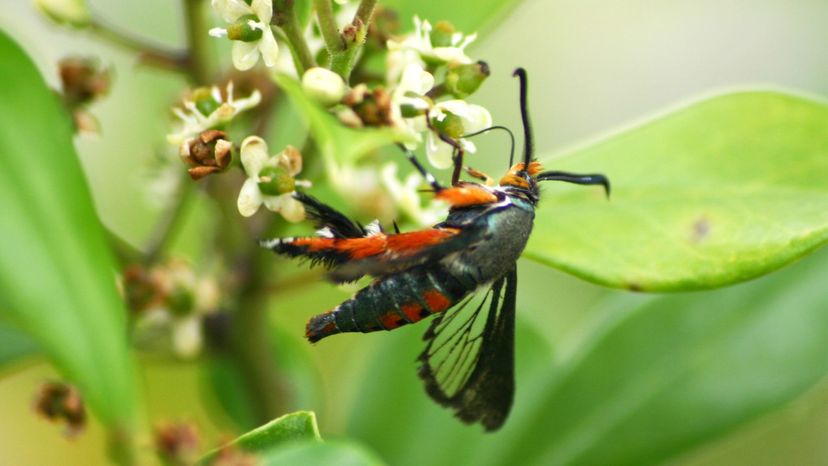
The wasp-looking squash vine borer moth poses serious danger to summer squash and winter squash, as well as pumpkins. Once its larvae have infected a plant, gardeners must be diligent in trying to get rid of it. One way is to methodically examine the vine and kill the larvae by skewering them with wire without damaging the vine.
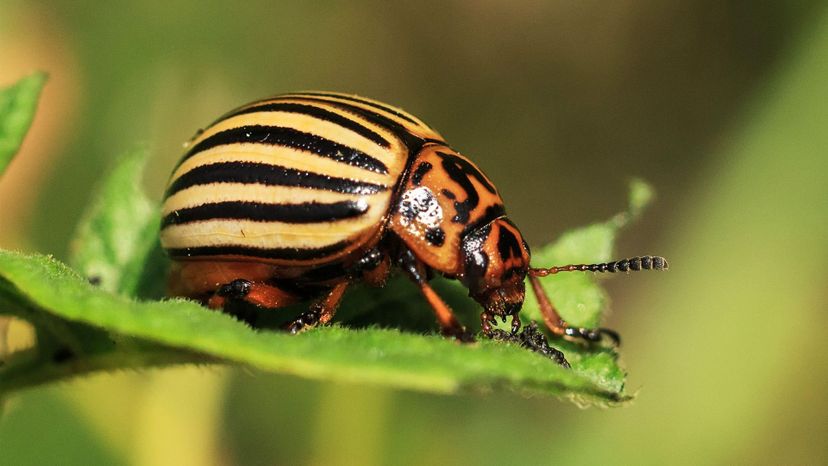
The Colorado potato beetle is such a notorious pest to potato crops that it often simply gets called the potato bug. It doesn't just limit its destructive ways to potatoes, however, as it also has an adverse effect on eggplants, tomatoes (including cherry tomatoes) and petunias. Gardeners can manually remove the beetles or spray plants with neem oil as a repellent.

The aphid midge is named for its welcomed habit of feeding on aphids. The adult aphid midge feeds on honeydew produced by aphids then lays its eggs nearby so that the larva have a food source once they hatch. In fact, a single aphid midge larva can consume as much as 65 aphids in a single day.
Advertisement
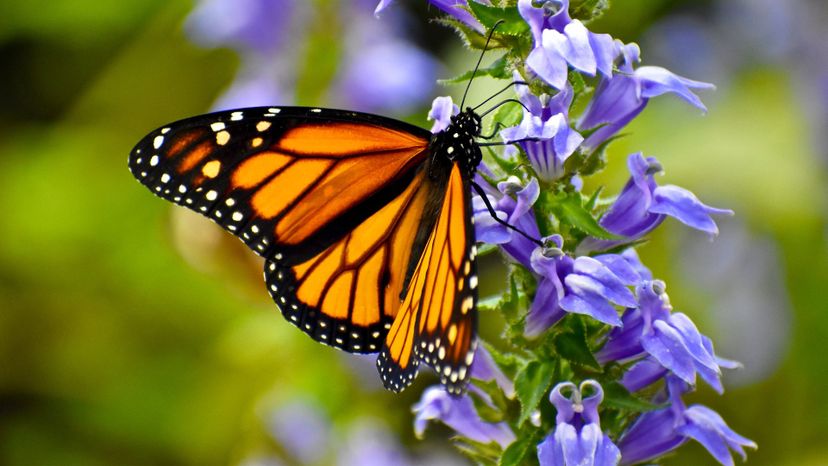
Butterflies are well liked by gardeners because they are very effective pollinators. The vast majority of butterflies are diurnal, meaning they are active in the daytime. Some gardeners might worry about their plants being damaged by butterfly caterpillars, but this is rarely a cause for concern.
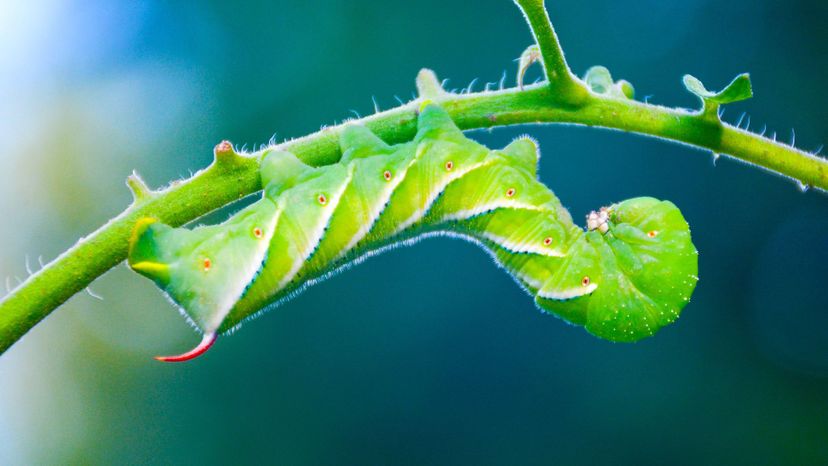
The adult form of the tomato hornworm is the five-spotted hawkmoth. Even if gardeners do not know this moth, they know very well to be wary of it when it is in its large green caterpillar stage. That is when it does the most damage to the leaves and fruits of tomato, pepper, potato and eggplant.

Cucumber, melon, squash and pumpkin plants are all at risk when the cucumber beetle is around. This pest is typically yellow-green in color and likes to hide on the underside of leaves, making it very difficult to spot until it is too late. Once found, they can be removed from the plant by hand.
Advertisement
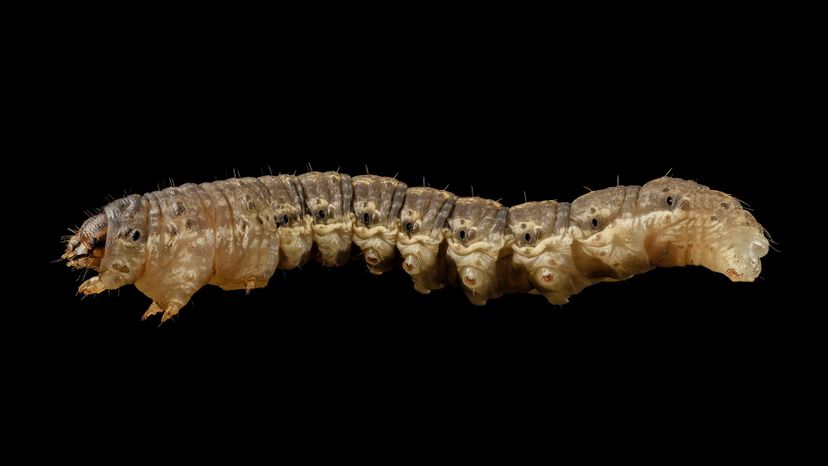
Cutworms are the caterpillar or larval stage of a number of moths. It gets its name from its feeding habit of eating right through stems, effectively cutting them down. The cutworm acts on stems just above and below ground and can be killed by plowing the soil which also allows their natural predators to feed on any exposed survivors.
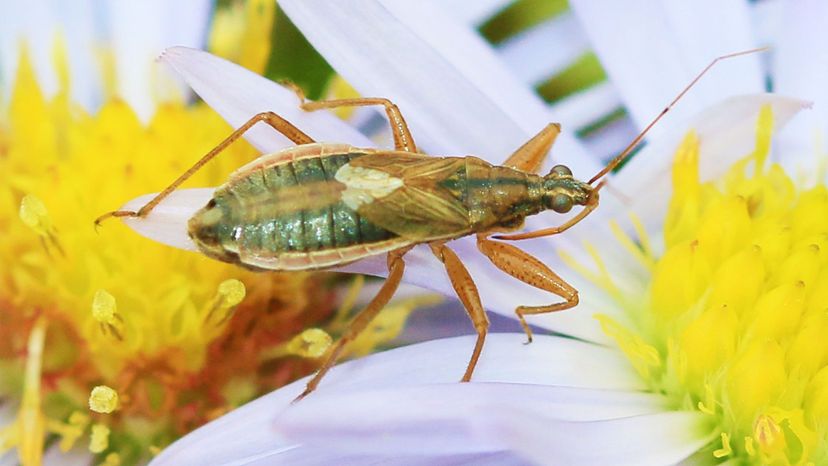
Damsel bugs help gardeners by feeding on an array of pests, including mites, aphids, potato bugs, caterpillars and cabbage worms. The damsel bug likes to have places to hide and is attracted to several plants. Gardeners wishing to extend an invitation to them can consider growing caraway, fennel and spearmint (to name a few) in their gardens.
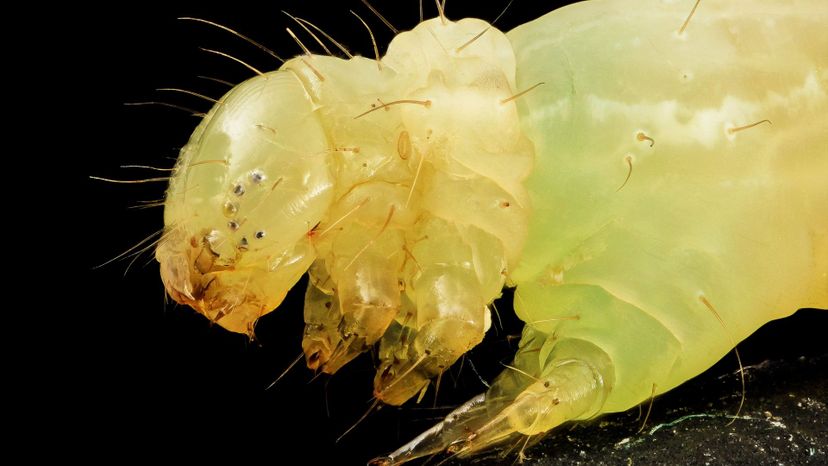
The caterpillar of the cabbage looper moth shows very little discrimination when attacking plants. Among the plants it likes to feed on are cabbage, potato, broccoli, cucumber, kohlrabi, cauliflower, tomato, spinach and collard greens. Spiders and ladybugs can help to control cabbage looper numbers.
Advertisement
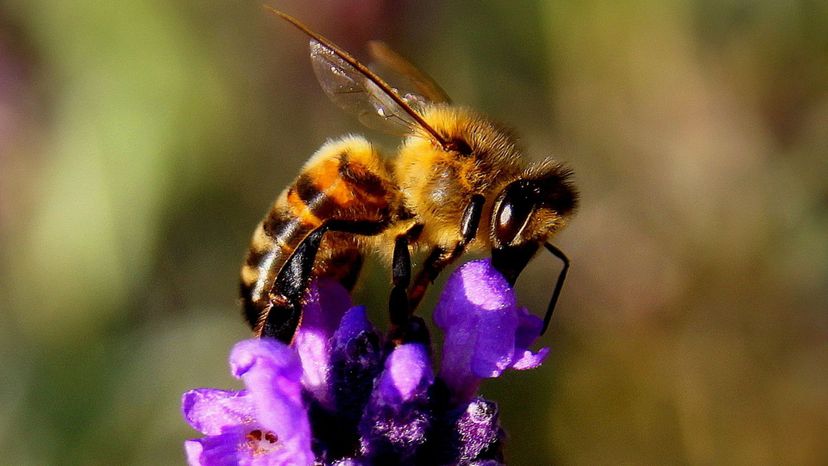
Most flowering plants depend on pollinators, such as insects, to help with the process of pollination. This leads to the growth of fruits and the development of seeds for new plants. Bees are among the most well-known and well-liked pollinators. They can easily be attracted to your garden if you plant a variety of flowering plants.

Like many other plant pests, the mealybug does more than eat its way through your garden. It also carries diseases which can adversely affect plant growth. The ladybug is a good control agent to use in a garden infested by mealybugs. Gardeners can also try wiping the infected leaves or spraying them with water to remove the mealybugs.
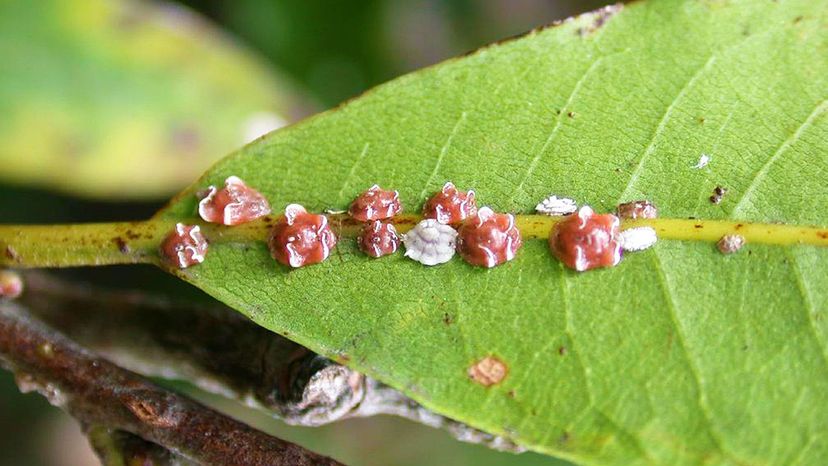
Scale insects (both adults and larvae) suck sap from plants, leaving them with stunted growth and yellowing or dying leaves. They attack a variety of trees, fruits, indoor and ornamental plants. Neem oil acts as a natural deterrent to scale insects, or gardeners can find ways of attracting wasps and beetles which feed on scale insects to their gardens.
Advertisement
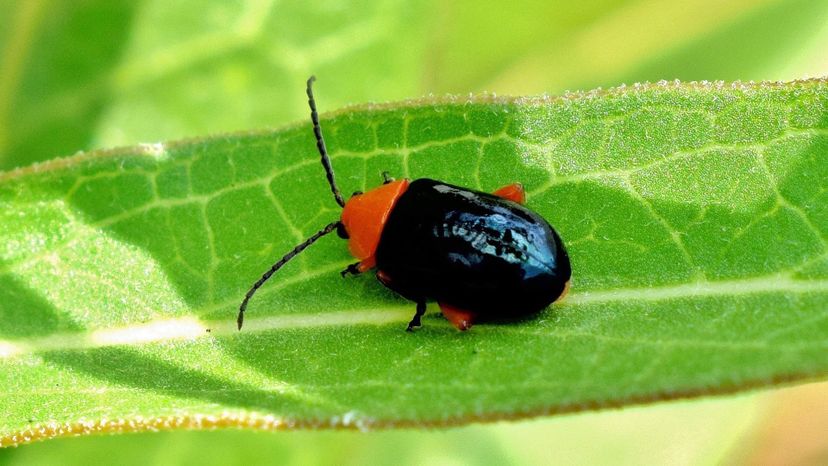
The flea beetle gets its name from its habit of jumping around like a flea when it is interfered with. Flea beetles and their larvae feed on a range of vegetable crops. Braconid wasps and tachinid flies will reduce flea beetle numbers by eating them, and gardeners also have the option of deterring them with strong-smelling plants, such as mint.
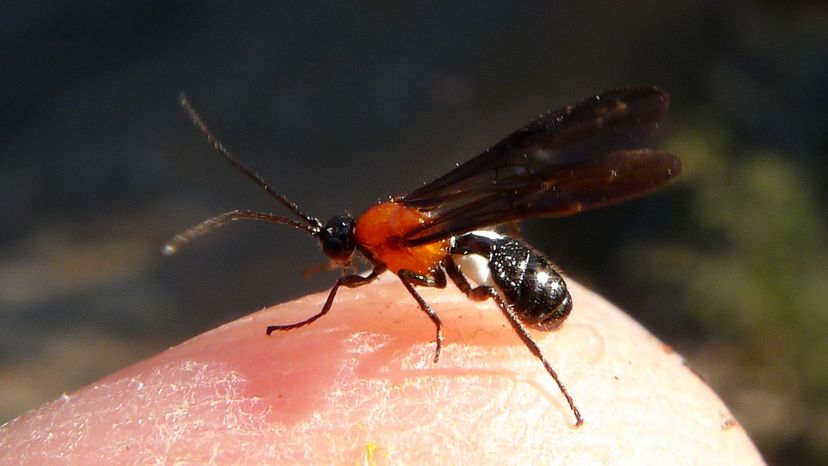
Braconid wasps come in handy in a garden thanks to the tendency of their larvae to become parasites of bugs. Two of the pests the braconid wasp can help to control are the tomato hornworm and corn borer.
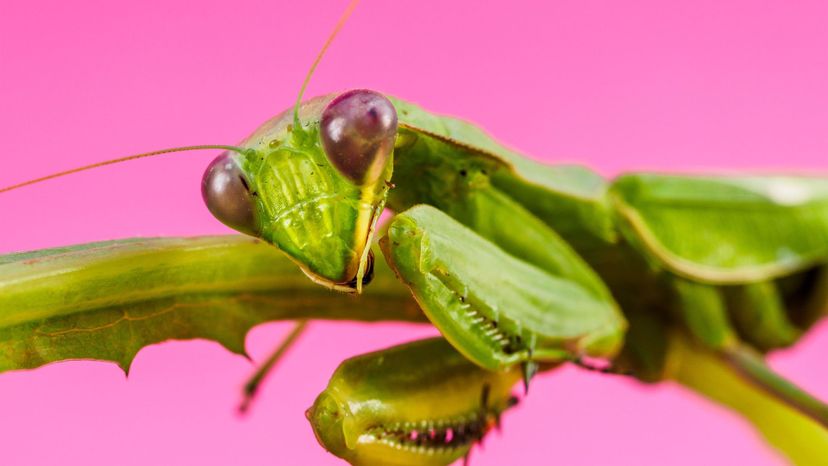
The praying mantis is well known as an avid nocturnal hunter of moths. By eating a variety of moths, the praying mantis helps to lower the number of destructive moth larvae which can attack plants in the garden.
Advertisement
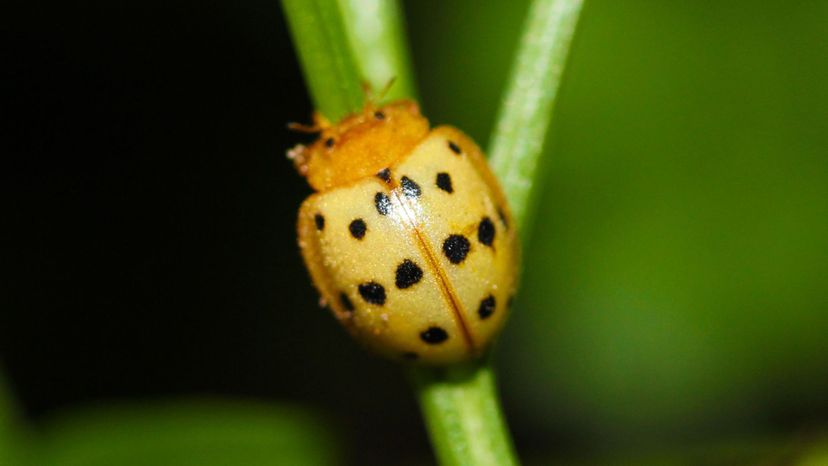
Both the adult and larva version of the Mexican bean beetle are nuisances in gardens which grow legumes. This harmful version of the ladybug is particularly fond of cowpeas, lima beans, soybeans, snap beans and cowpeas. Spined soldier bugs can be used as natural predators of Mexican bean beetles and their larvae.
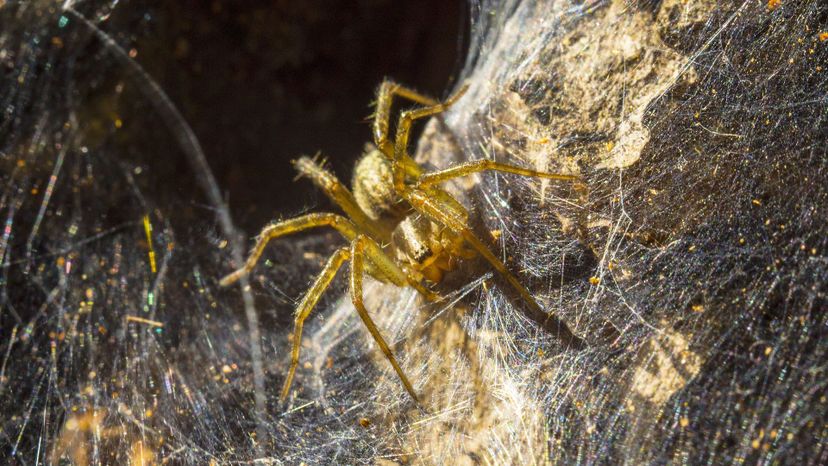
While we are mostly aware of the spiders which build webs to catch their prey, there are also those which lie in wait in holes and under leaves on the ground to ambush passing insects. They eat a wide variety of pests and can be encouraged to stay in your garden if there is plenty of mulch on the ground and tall trees around.
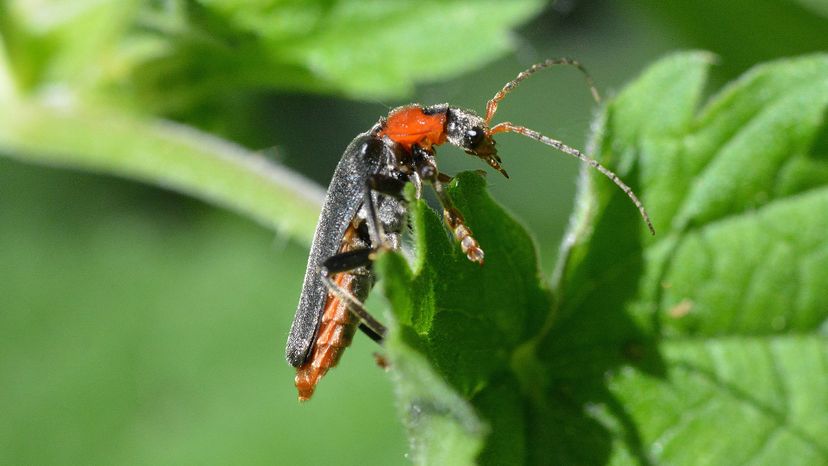
Marigold and zinnia are among the plants which will attract the harmless and beneficial soldier beetle to a garden. They help out gardeners by eating aphids and soft-bodied pests, with a diet which includes nearly 100 different species of insects.
Advertisement
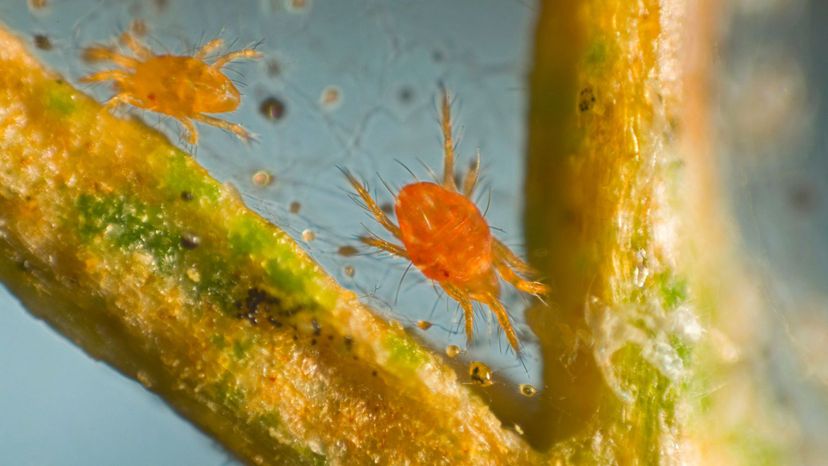
These tiny bugs can prove to be a big headache for farmers if a colony of them attacks a plant. Their protective silk web is easy to spot on a plant, and gardeners can control their numbers by wiping the plant with neem oil which will not adversely affect the beneficial bugs in the garden.
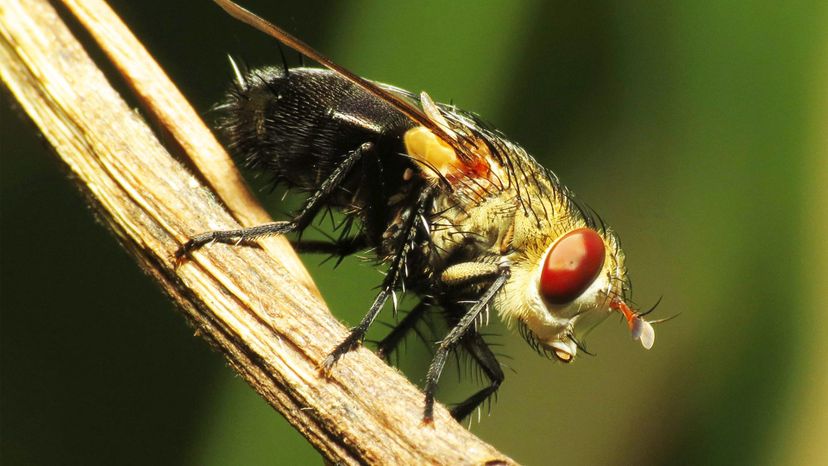
The tachinid fly helps a garden to flourish by being a pollinator of flowers as well as a predator of several pests. Furthermore, adult tachinid flies are known to lay their eggs on pests so that the larvae have a ready source of food once they hatch.

Hoverflies tend to look and act like bees and wasps, but they are practically harmless. They are exceptional pollinators and help gardeners even more by feeding on leafhoppers, aphids and various other pests.
Advertisement

Snails are notorious for chewing on the soft, succulent leaves of plants. They will also take a bite (or two!) out of stems, bulbs and fruits, leaving a plant devastated. They can be removed manually when seen, or gardeners can try to deter them by placing a copper ring near the base of the plant stem or crushed eggshells on the ground around the plant.
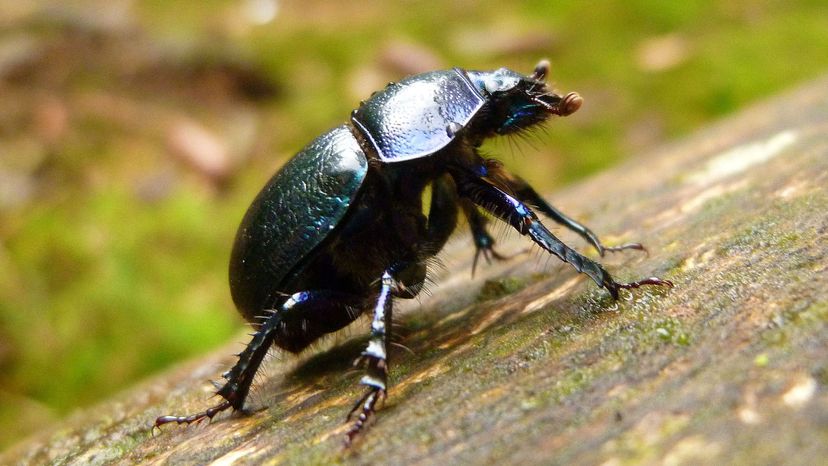
The dung beetle will eat dung, just as it name suggests, but it will also partake of fungi and decaying organic matter. By breaking down these substances, the dung beetle plays an important role in the recycling of nutrients in garden soil
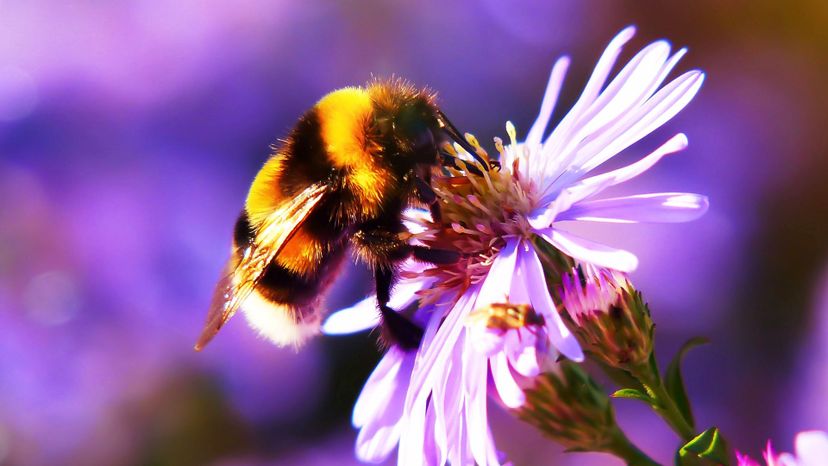
Bumblebees are not as aggressive as honeybees and wasps. Plus, they do a marvelous job pollinating the flowers of vegetables and other plants. This makes them welcomed visitors to gardens.
Advertisement
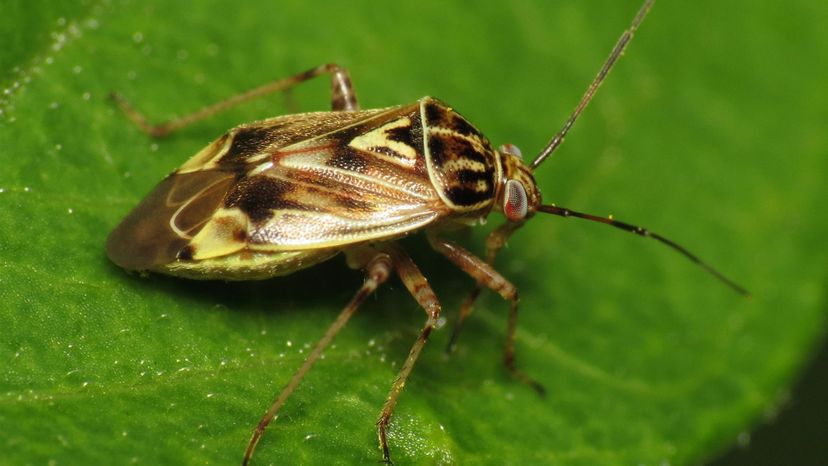
Fruits, vegetables and flowers are susceptible to attack by the tarnished plant bug. It damages plants by sucking sap from them, leaving them with stunted growth, wilting and distortion. Help controlling the tarnished plant bug can come from both the braconid wasp and the tachinid fly.

Slugs, like snails, go after the tender parts of a plant and can cause widespread damage if control measures are not put in place. Apart from using the same steps which deter snails, gardeners can rely on snakes, lizards, birds and ground beetles to help with slug control.
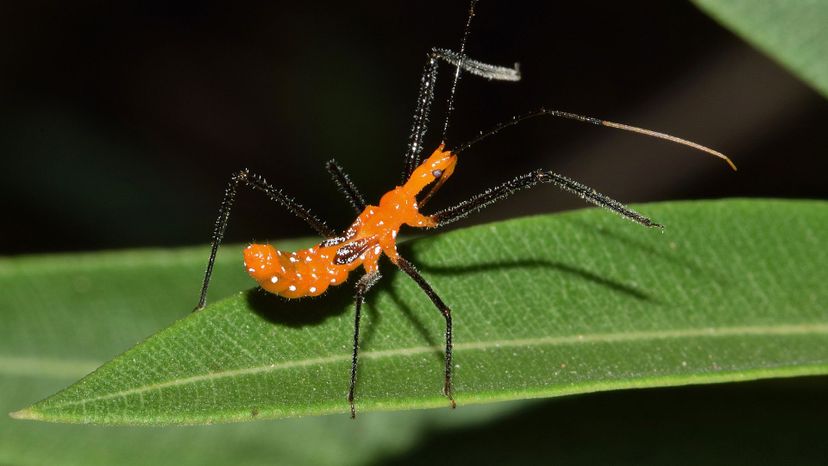
Gardeners might want to keep a safe distance from the assassin bug but should still welcome them with open arms. They are predatory bugs which like to feed on millipedes, cockroaches, bedbugs, flies and other insects.
Advertisement

The Japanese beetle has sufficient natural predators in Japan for it to not be a major pest there. It is a nuisance, however, in US states located to the east of the Mississippi River where it can completely strip a plant of both leaves and flowers. The larvae of the Japanese beetle are also well known for the damage they do to root systems of some plants. Gardeners can manually remove the pests from plants.
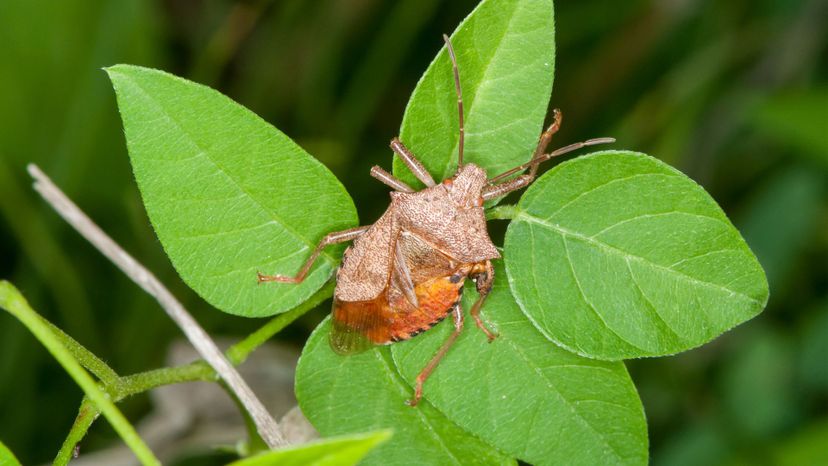
The spined soldier bug is a predatory species of stink bug whose spines are more pronounced than its plant eating relatives. They prey on the larvae of moths and beetles, including the Mexican bean beetle, Colorado potato beetle, hornworm, cabbage maggot and cabbage looper.
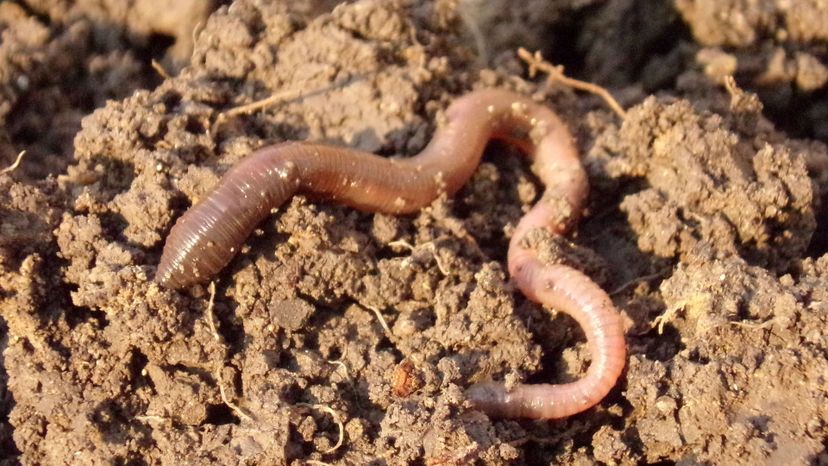
Earthworms serve a range of beneficial purposes in garden soil. For example, both their burrowing action and their feces contribute to aerating the soil and increasing its water retention capability.
Advertisement
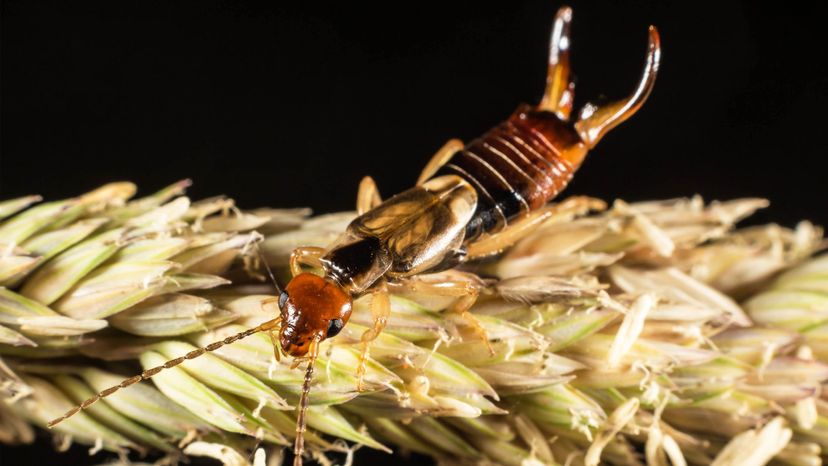
Earwigs are often mistaken for small cockroaches. They are known to eat other pests but they also feed on plants, making them unwanted residents in a garden. Manual removal is one way to control the earwig population in your garden.
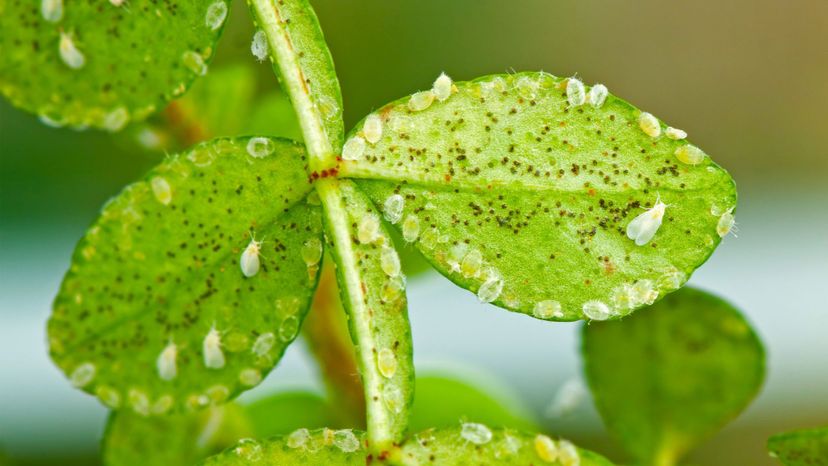
Common species of whiteflies are the cabbage whitefly, silverleaf whitefly, greenhouse whitefly and citrus blackfly. They damage plants by feeding on them and transmitting diseases to them. Their secretions can also be fertile breeding ground for sooty mold fungi. The larva of the green lacewing is a good control measure to use for whiteflies.
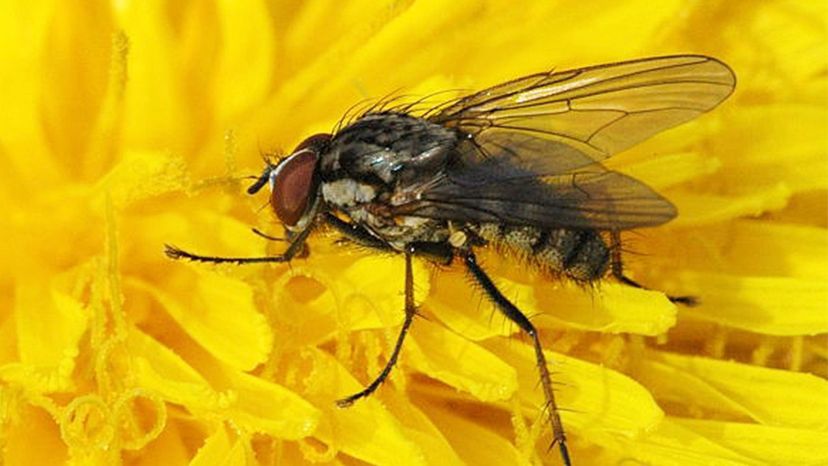
The cabbage maggot is the larva of the cabbage fly or turnip fly. Apart from cabbage and turnip, it frequently affects rutabaga and radish plants. Ways to deter them from infesting a garden include heaping wood ashes or red pepper dust around plant stems. Gardeners can also consider using roundworms, which naturally feed on cabbage maggots
Advertisement
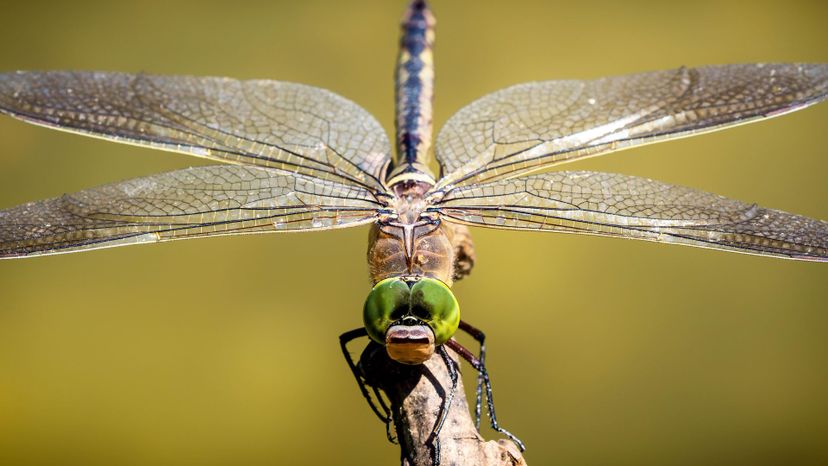
Adult dragonflies are very agile flyers and skilled hunters. They feed on a wide range of flying insects, including mosquitoes, flies and gnats as well as swarming ants and termites. Dragonflies may be particularly attracted to water gardens since the larva or nymph of the dragonfly is mainly aquatic.